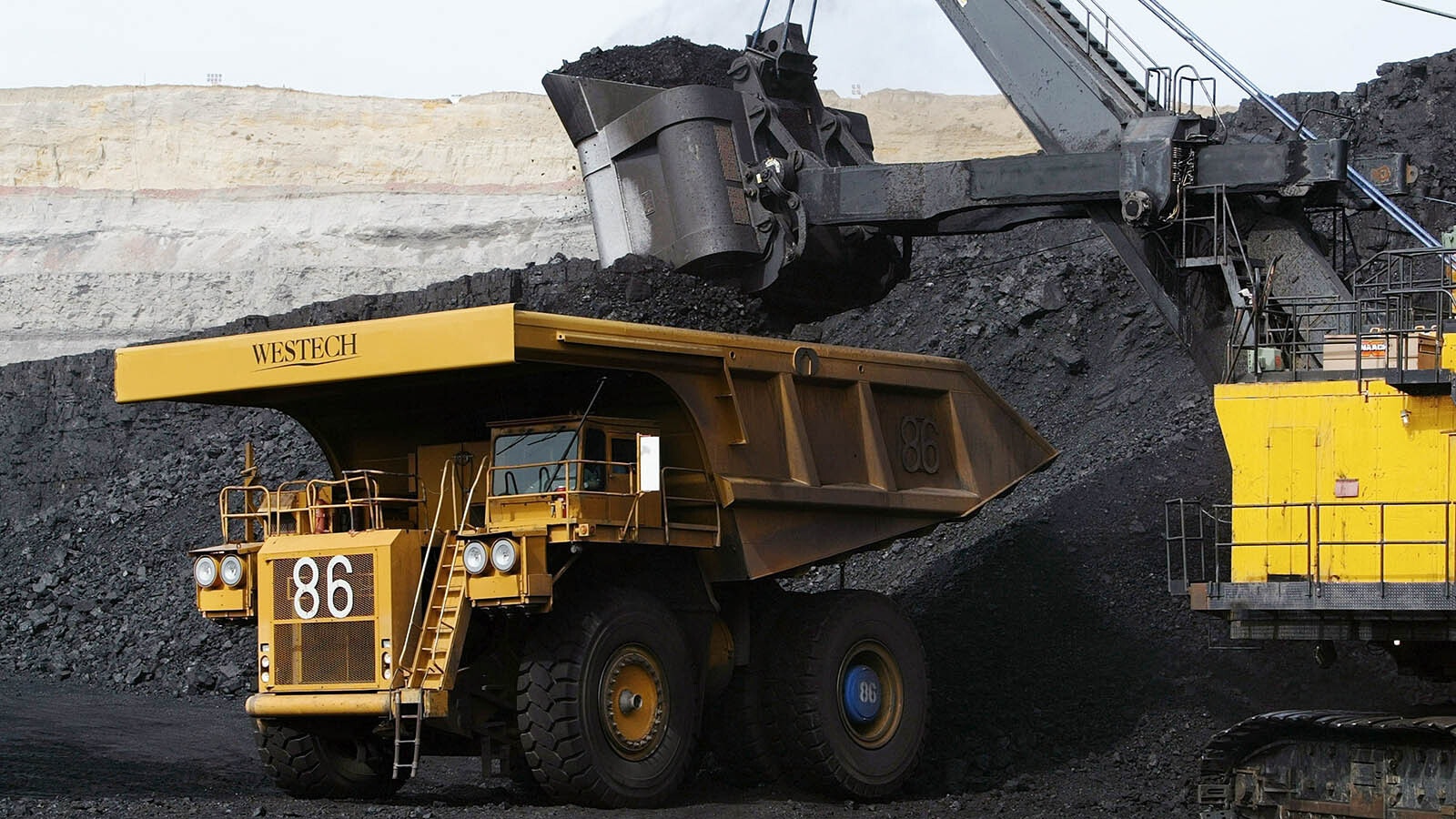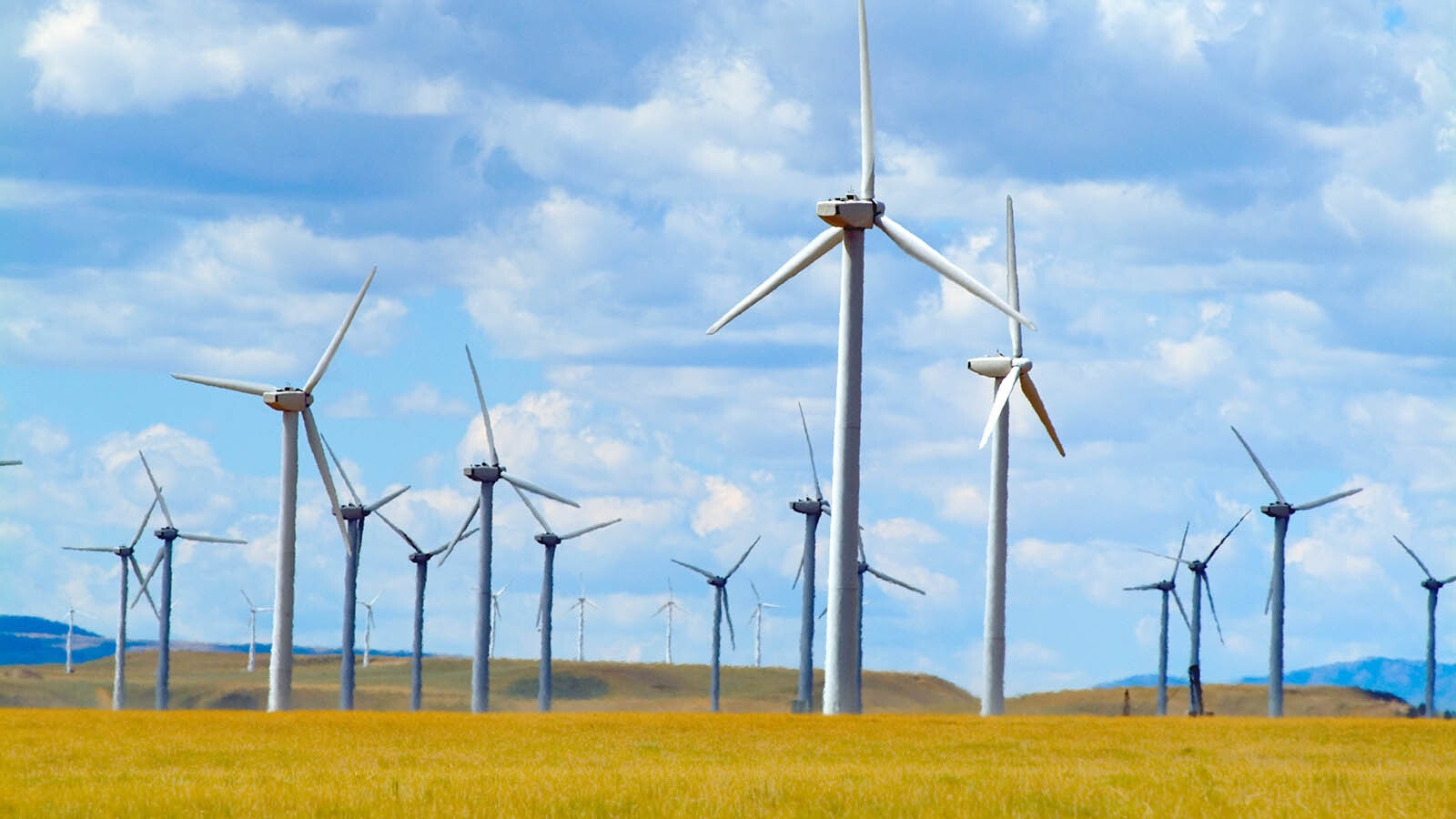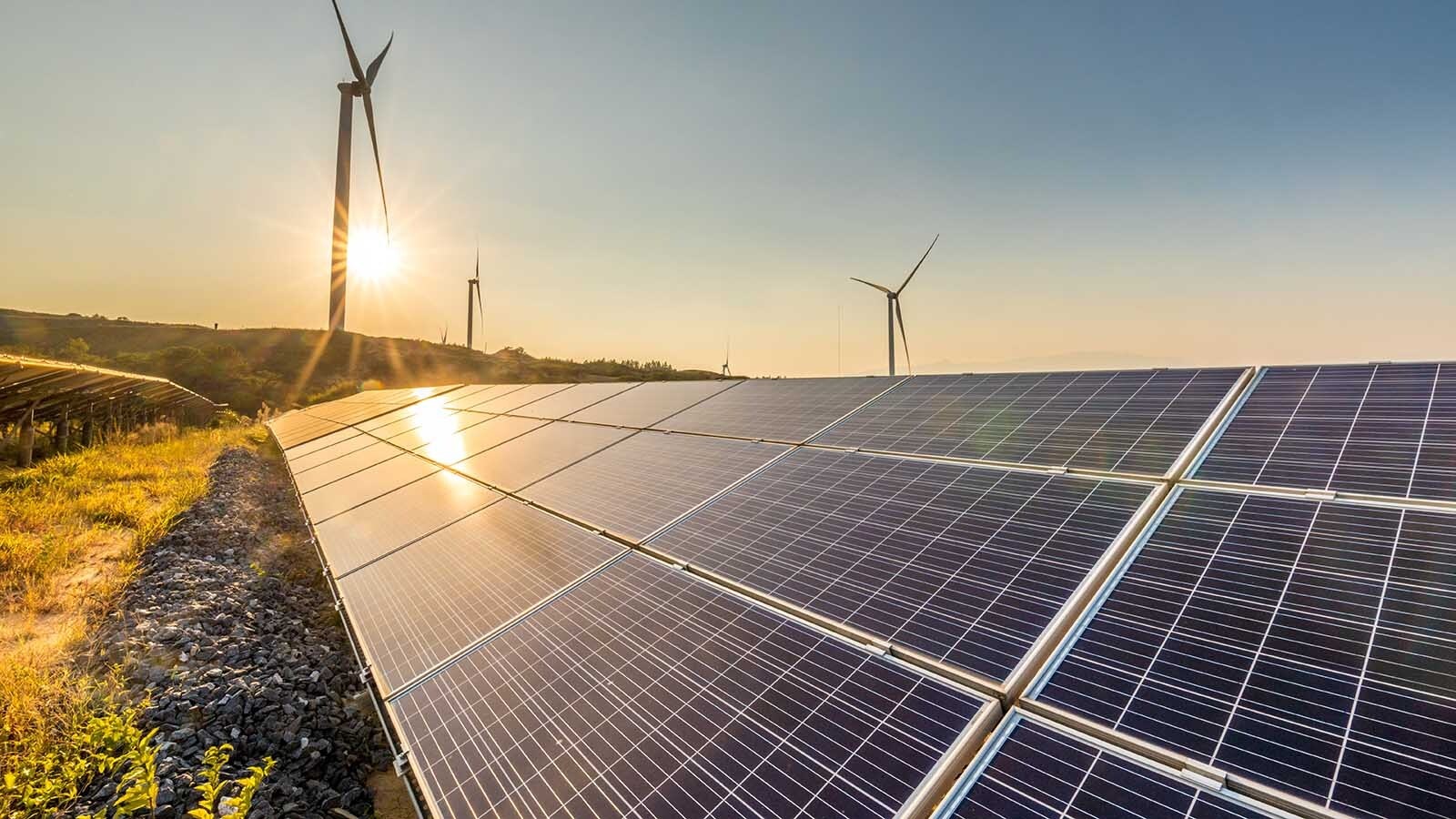While we’re enjoying some relief from the long stretch of heat here in Wyoming, California continues to wait for things to cool down. For the tenth day in a row, power companies in much of that state were advising consumers to conserve energy in order to avoid blackouts.
Bridger Valley Electric, a cooperative that serves Mountain View, Lyman, and other Uinta County areas of Wyoming, posted a request last week on Facebook for its customers to conserve electricity.
Janelle Foianini, a customer service representative for the co-op, said they weren’t concerned about having enough energy for their own consumers, but with grids interconnected, the supply to others was stressed.
“We’re just trying to do our part so we can lower the usage on the grid for everyone who is in worse shape than us,” Foianini said.
Multiple Sources
Across Wyoming, as temperatures blazed, power companies were able to maintain a stable grid for the rural communities they serve.
Andy Buntrock, vice president of strategic planning and communications for Basin Electric Power Cooperative, said the not-for-profit generation and transmission cooperative has not had any constraints on the 131 member cooperatives it sells power to. Those members stretch across nine western states, and 10 of them are in Wyoming towns, including Powell, Thermopolis, Sundance, Lusk, and Wheatland. They don’t sell any power to California.
Buntrock recalled the cooperative had some blackouts in February 2021, when a severe cold snap swept through much of the West, resulting in lengthy power outages, especially in Texas. Buntrock said that when energy shortages affect large areas, sometimes they’re spread out over regional areas. As a result, some of Basin’s service areas were caught up in it.
Lee Boughey, vice president of communications for Tri-State Generation and Transmission Association, Inc., said the not-for-profit cooperative power supplier has a number of options that maintain a reliable grid.
“We’re able to draw on a multitude of resources to ensure we have what our members need to keep the lights on,” Boughey said.
The 70-year-old cooperative includes 42 electrical distribution cooperatives and public power districts in Wyoming, Nebraska, Colorado and New Mexico. Altogether, about 1 million power consumers get their electricity from Tri-State.
As of the end of 2021, their energy generation mix is 42% coal, 15% hydroelectric, 19% wind and solar, and 7% oil and gas.They also purchase about 17% through purchase powers agreements and other contracts with a variety of generation sources.
Generation sources fluctuate for a variety of reasons, including availability and pricing, so these numbers are rough estimates. Boughey noted that they added additional wind this year, so that portion of the portfolio has grown.
This diversity of sources, Boughey said, maintains a reliable grid for their consumers.
With “the broader western grid, there are concerns about resource adequacy,” Boughey said, but Tri-State’s system is “long on resources” and in a “solid position to be able to supply” its members with adequate power.
Planning Ahead
Along with Basin Electric, Tri-State was caught up in the winter storm in February 2021. Natural gas demand had stretched supplies very thin at the time, but Boughey said Tri-State had some options that kept the heat going for consumers of the cooperatives and power districts it serves.
“One of the things that we were able to do was switch our natural gas peaking plants in Colorado … over to fuel oil. That helped us to be able to maintain power production and not suffer through the increased costs of natural gas,” Boughey said.
In the past couple years, Boughey noted, Tri-State has reduced wholesale costs by 4 percent.
Besides the heat, drought is impacting electrical generation along the Colorado River, which provides an enormous amount of hydroelectric power across the West, including Tri-State.
“With the drought on the Colorado River system, we’ve seen the energy that’s been available from the Colorado River projects decreased by about a third,” Boughey said.
Even in an extreme scenario where the drought got so bad that hydroelectric dams along the river could no longer provide power, Boughey said Tri-State could draw on enough sources to maintain grid reliability and keep costs down.
Tri-State, Boughey said, is continuing to network across the West with multiple utilities and transmission providers to operate a reliable and affordable grid.





